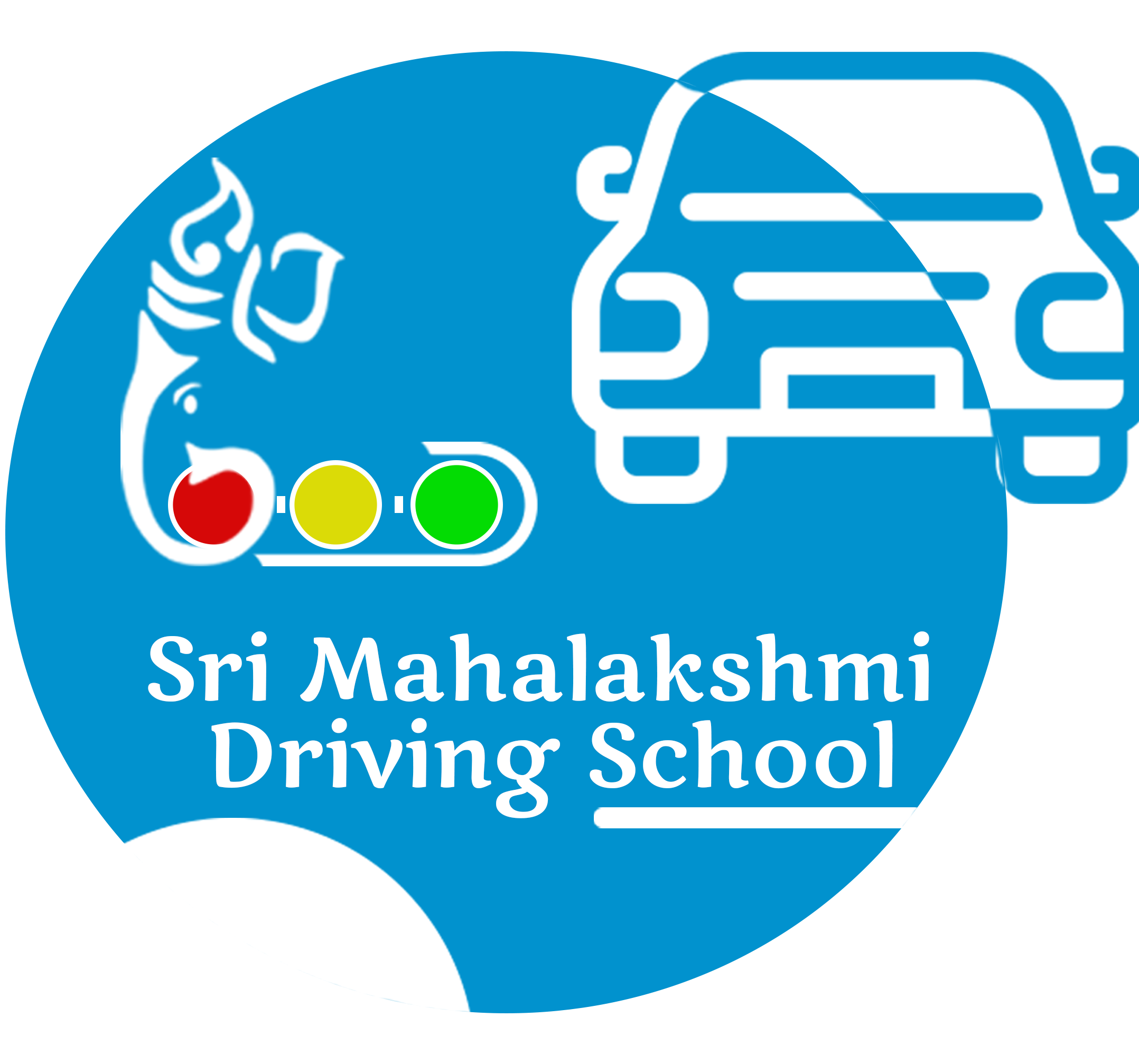Before you start driving, it’s essential to ensure that you and your vehicle are prepared for a safe journey. Following these basic instructions can help prevent accidents, improve your driving experience, and keep you and other road users safe.
1. Check Your Vehicle
a. Walk-Around Inspection
- Tires: Check for proper inflation, tread depth, and any visible damage.
- Lights: Ensure all lights (headlights, tail lights, brake lights, indicators) are functioning correctly.
- Mirrors: Confirm that mirrors are clean and properly adjusted.
- Windows: Make sure windows are clean and free of obstructions.
- Leaks: Look for any signs of fluid leaks under the vehicle.
b. Under the Hood
- Oil Level: Check the engine oil level and top up if necessary.
- Coolant: Ensure the coolant level is adequate.
- Brake Fluid: Verify the brake fluid level is within the recommended range.
- Battery: Check for corrosion on the battery terminals and ensure it is securely mounted.
2. Adjust Your Seat and Steering Wheel
a. Seat Position
- Height: Adjust the seat height so you have a clear view of the road and all the vehicle’s controls.
- Distance: Position the seat so your feet can comfortably reach the pedals without stretching.
- Backrest: Adjust the backrest angle to provide support without causing discomfort.
b. Steering Wheel
- Height: Adjust the steering wheel height so your hands are at a comfortable level.
- Distance: Position the steering wheel so you can reach it comfortably without leaning forward.
3. Adjust Mirrors
a. Rearview Mirror
- Position: Adjust the rearview mirror so you have a clear view of the entire rear window.
b. Side Mirrors
- Left Side Mirror: Adjust the left mirror so you can barely see the side of your vehicle on the right edge of the mirror.
- Right Side Mirror: Adjust the right mirror similarly, so you can barely see the side of your vehicle on the left edge of the mirror.
4. Fasten Your Seatbelt
a. Driver and Passengers
- Driver: Always wear your seatbelt, ensuring it fits snugly across your chest and lap.
- Passengers: Ensure all passengers are wearing their seatbelts before you start driving.
5. Set Up Your Controls
a. Climate Control
- Temperature: Adjust the temperature to a comfortable level.
- Defrosters: Ensure the defrosters are set correctly if windows are foggy.
b. Infotainment System
- Volume: Set the radio or music volume to a level that allows you to hear traffic and emergency vehicles.
- Navigation: Enter your destination into the GPS before you start driving.
c. Other Controls
- Headlights: Turn on headlights if driving at night or in low visibility conditions.
- Wipers: Set the windshield wipers to the appropriate speed if it’s raining.
6. Check Your Dashboard
a. Warning Lights
- Engine Light: Ensure the engine light is off before starting your journey.
- Fuel Gauge: Check that you have enough fuel for your trip.
- Other Indicators: Be aware of any other warning lights and address any issues before driving.
7. Start the Engine
a. Ignition
- Turn Key/Press Button: Start the engine by turning the key or pressing the start button.
- Listen for Unusual Noises: Pay attention to any unusual sounds that may indicate a problem.
b. Warm-Up
- Allow Engine to Idle: Let the engine idle for a few seconds to ensure it’s running smoothly, especially in cold weather.
8. Engage the Transmission
a. Automatic Transmission
- Shift to Drive: Press the brake pedal and shift the gear selector to “D” (Drive).
b. Manual Transmission
- Depress Clutch: Press the clutch pedal to the floor.
- Shift to First Gear: Move the gear stick to the first gear position.
9. Check Your Surroundings
a. Look Around
- Blind Spots: Check your blind spots by looking over your shoulders.
- Rearview Mirror: Use the rearview mirror to check for approaching vehicles.
b. Signal Your Intentions
- Indicators: Use your indicators to signal your intention to move or turn.
10. Start Driving
a. Release the Parking Brake
- Parking Brake: Ensure the parking brake is fully released before moving.
b. Smooth Acceleration
- Gas Pedal: Gradually press the gas pedal to start moving forward smoothly.
c. Maintain Awareness
- Focus: Keep your focus on the road and be aware of other vehicles, pedestrians, and potential hazards.

